Understanding Bail Reform Research and Propaganda (Part 1 of 4):
The Brennan Center for Justice Report
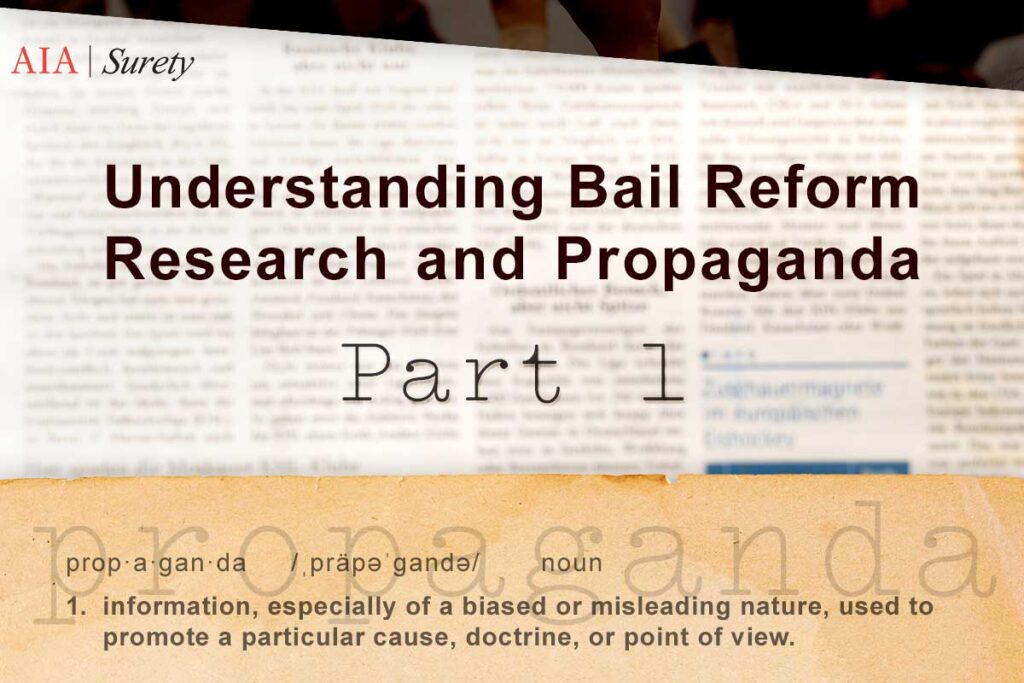 To say that the bail profession has been in the spotlight for the past few months would be an understatement. As you have probably heard by now, on August 25th, 2025, President Trump signed an Executive Order to eliminate the use of “cashless” bail in the District of Columbia. Additionally, as part of the Executive Order, Trump ordered the Attorney General, Pam Bondi, and the Department of Justice to review and identify all jurisdictions that currently utilize a cashless bail scheme.
To say that the bail profession has been in the spotlight for the past few months would be an understatement. As you have probably heard by now, on August 25th, 2025, President Trump signed an Executive Order to eliminate the use of “cashless” bail in the District of Columbia. Additionally, as part of the Executive Order, Trump ordered the Attorney General, Pam Bondi, and the Department of Justice to review and identify all jurisdictions that currently utilize a cashless bail scheme.
Since that Executive Order, there has been a barrage of articles and studies being released by bail reform activists. Over the next few weeks, we will be reviewing four of these new studies and breaking down the findings.
Our goal? To see if these studies are true or if they are propaganda.
Bail Reform and Public Safety: Evidence from 33 Cities
August 15, 2024

The study’s objective:
- Did reforms that were implemented in US cities during the study period affect crime trends?
The study’s methodology:
- Use data from dozens of jurisdictions nationwide to test bail reform’s causal impact on crime trends.
- Compare major offenses from 2015 through 2021 in 22 cities that had in place some type of bail reform with 11 others that did not.
- Examine the impact of reforms according to whether they were implemented through legislation, court order or changes in prosecutorial policy.
- Focus on cities where research shows reforms had large effects on how and when bail was set.
The study’s findings:
- This model showed no statistically significant difference in crime rates after reform. In other words, they found no evidence that bail reform affected crime rates.
- This report discredits theories linking bail reform to recent increases in crime. We find no evidence to support such a connection, even after testing different types of reform in jurisdictions across the country.
- These findings add to a growing body of literature showing that bail reform is an unlikely explanation for recent trends in crime, whether increases or decreases.
These results have made their way through the media. In every article attempting to justify soft on crime and bail reform policies, the Brennan study is quoted as proof that bail reform works and makes our communities safer.
Meanwhile, common sense tells us something different. If you just think about it…releasing accused criminals from jail with no accountability and no skin in the game sounds like a horrible idea. How could it possibly improve public safety? It makes no sense. So, we thought it would be a good idea to really dig into the Brennan report findings. As part of this process, we paid special attention to the footnotes and any comments regarding limitations or challenges. This is what we found.
- None of the crime data across the 33 states was consistent
- The first limitation is that none of the crime data gathered from the various jurisdictions was consistent. Researchers had to manually go through the data and adjust it in order to make it consistent enough to compare. In other words, the data was manipulated in different ways. That is a big red flag in our opinion and brings lots of questions and doubts into the legitimacy of the research.
- If someone had multiple charges, only the highest charge was counted
- People in the criminal justice system know, many defendants, especially career offenders, rarely have just one charge. They very typically have multiple charges pending. So, if you are taking only one charge to calculate crime numbers, your calculations will be grossly low. That appears to be what happened here.
- They only considered 6 crimes that they determined to be the worst
- The researchers did not look at the full spectrum of potential crimes (felonies and misdemeanors). They instead decided to only focus on the 6 crimes they felt were the worst. As you can imagine, narrowing the crimes down to 6 potentially grossly underestimates the actual number of crimes committed.
In addition to the above three limitations, there are some serious questions about the key chart that is used in the report to showcase what the researchers call a drop in crime.
 As you can see in the chart with “0” being the implementation point of bail reform, there definitely appears to be a drop in crime, especially early on. But what the researchers don’t point out is that the drop in crime began several months before bail reform was ever implemented (-4 to 0). In fact, the decrease in crime actually slows down after bail reform was implemented.
As you can see in the chart with “0” being the implementation point of bail reform, there definitely appears to be a drop in crime, especially early on. But what the researchers don’t point out is that the drop in crime began several months before bail reform was ever implemented (-4 to 0). In fact, the decrease in crime actually slows down after bail reform was implemented.
At about 4 months, crime starts to increase and between 4 months and 12 months, crime goes back up significantly. So, to say that bail reform didn’t lead to an increase in crime is not a legitimate claim.
Lastly, if you look at the gray area on either side of the line representing crime (the findings margin of error) you will notice that it becomes wider as time increases. This means that the margin of error increased substantially over time. Based on this, the reality is that the increase in crime after the implementation of bail reform could actually be more substantial than the black line in the chart indicates. It really makes you wonder how this report could make anyone come to the conclusion that there was no impact to crime after the implementation of bail reform when this chart so clearly shows there was an increase.
We also looked at who was behind the report in terms of its creation and funding. In the Brennan report, special recognition is given to the MacArthur Foundation for their support and help with the research. The MacArthur Foundation is a well-known anti-bail foundation that is committed to ending the use of secured bail. In other words, not the most objective and fair source. Additionally, the MacArthur Foundation is not the only anti-bail organization identified in the report. The footnotes/endnotes in the report read as a who’s who in the anti-bail movement. This includes, but is not limited to, billionaire activist foundations, progressive think tanks and media organizations like the Vera Institute, The Data Collaborative for Justice, The Quattrone Center, The Henry Frank Guggenheim Foundation, Politico and the Brookings Institute.
In conclusion, while the findings in this report are being sold as proof that bail reform works and has no connection to any increase in crime, we believe that they are nothing more than pure progressive, anti-bail propaganda. In our opinion, there are too many issues and shortcomings in this research to consider it legitimate.
Understanding Bail Reform Research and Propaganda Series
The Brennan Center for Justice’s “Bail Reform and Public Safety: Evidence from 33 Cities.”
This study was released last August and has been one of the studies that has been getting the most attention.
Tulsa, Oklahoma Study
The next bail reform research study we are reviewing is currently circulating on social media and other online media sources. This study is based in Tulsa, Oklahoma by The Bail Project
Harvard Kennedy School – December 2021
The next study we are going to review is from Harvard’s John F. Kennedy School of Government. The study was released in December 2021 and, much like the previous two studies we have reviewed, is focused on trying to disprove the concept that bail reform policies have increased crime in our communities.
Is Bail Reform Causing an Increase in Crime – January 2023
Our last study in our Bail Research series is from the Harry Frank Guggenheim organization. As you will see, the pattern stays the same with this study. The same findings that bail reform has not increased crime, the same citations, the same sources, and the same self-cited limitations and deficiencies.
SJ Quinney College of Law, University of Utah
Does Bail Reform Increase Crime? An Empirical Assessment of the Public Safety Implications of Bail Reform in Cook County, Illinois
Paul G. Cassell & Richard Fowles, University of Utah
Februrary 2020
This next study examines the outcome of the Bail Reform Act of 2017 passing in Illinois. This piece of legislation eliminated the use of any sort of financially secured pretrial release from the state of Illinois. In other words, the only options available to anyone who is arrested are now 1. free taxpayer funded release or 2. no release (detention). Neither of which are good nor effective options.

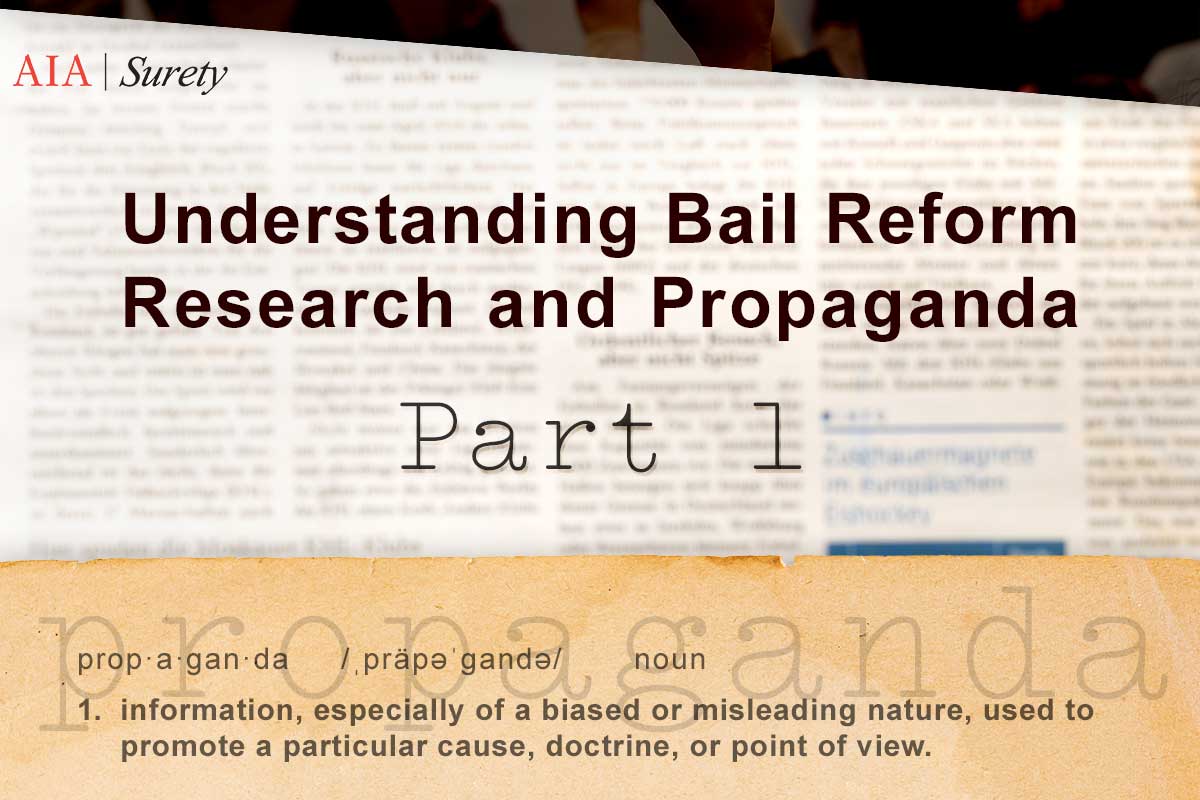
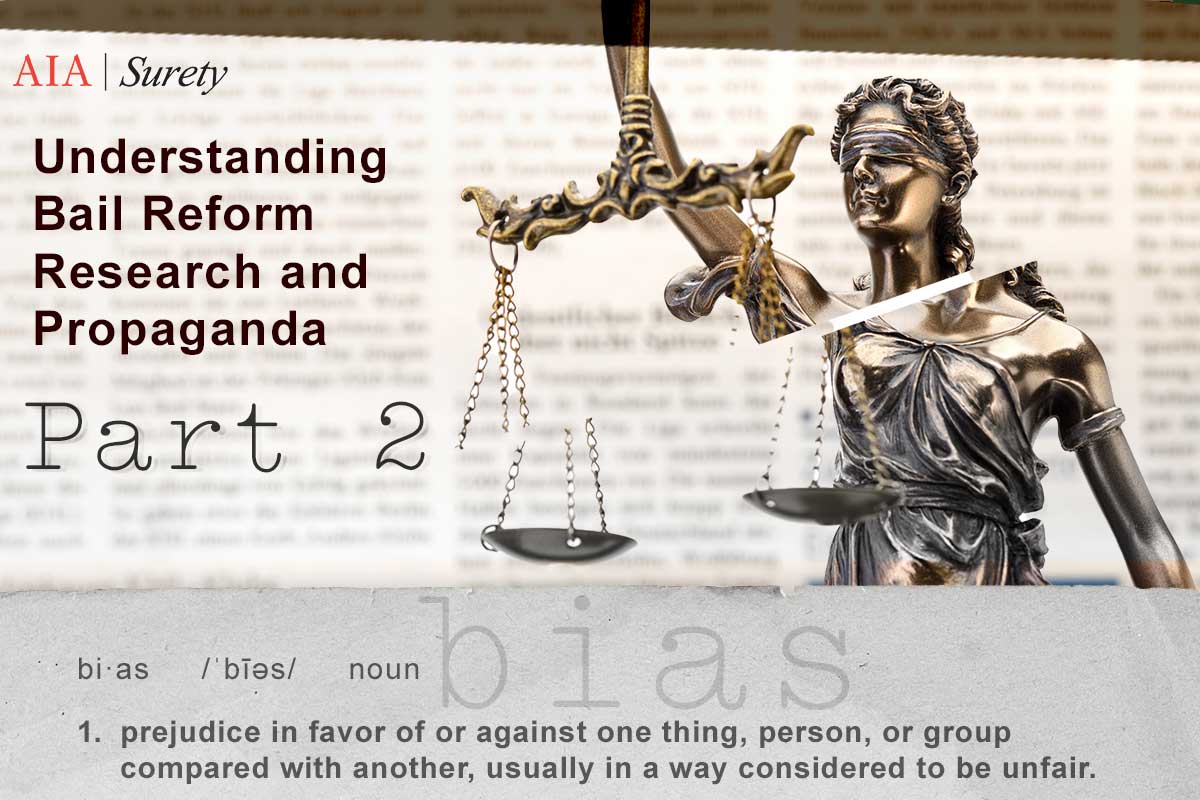
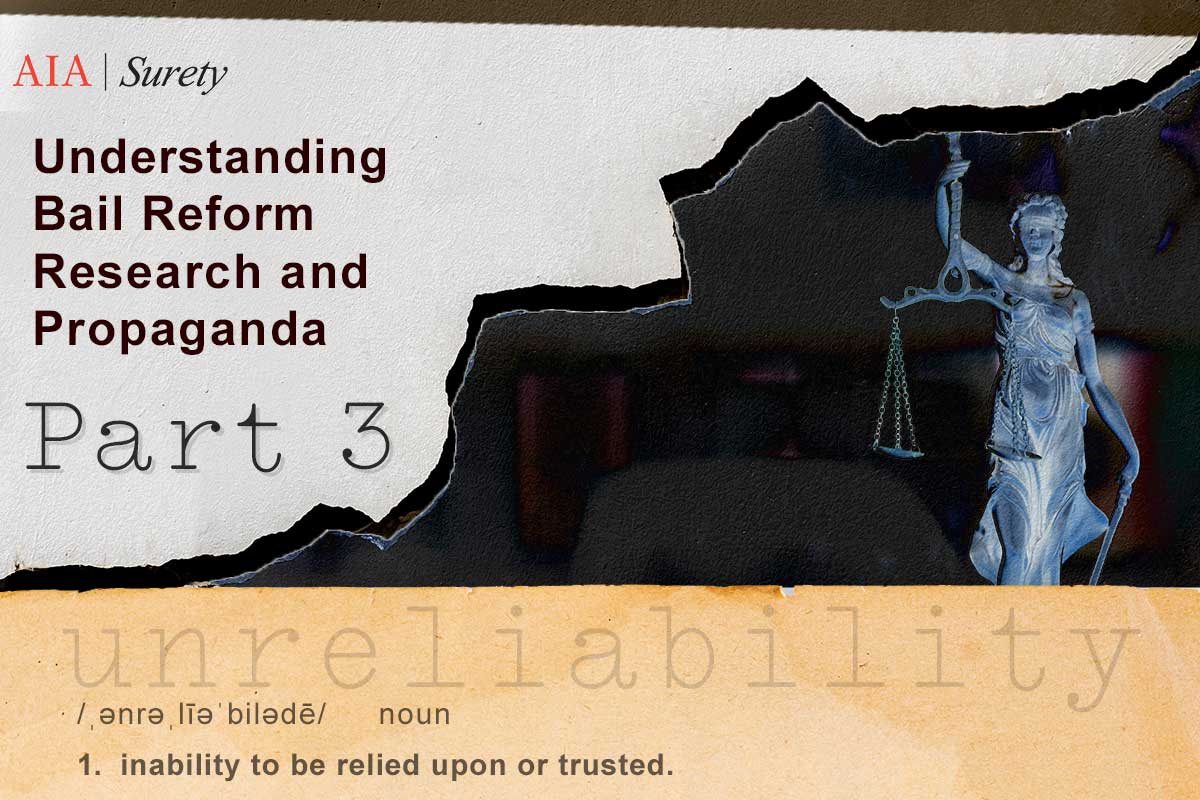
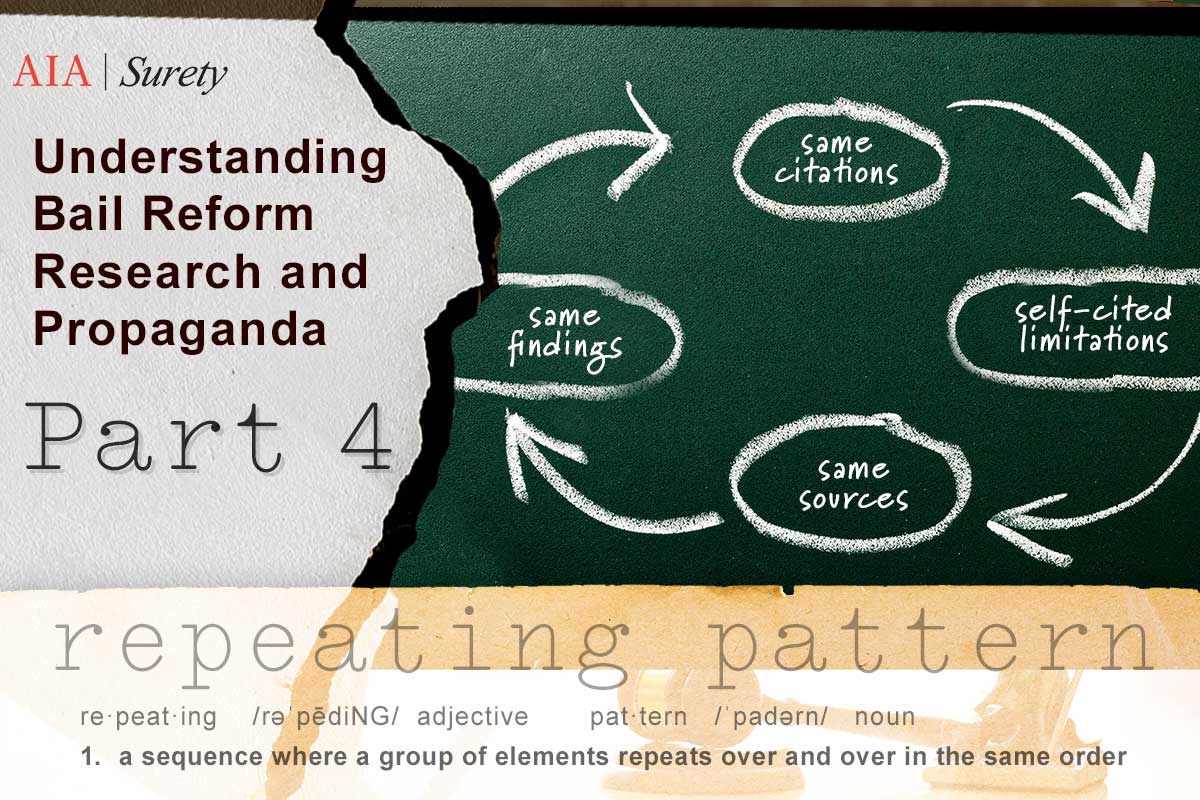
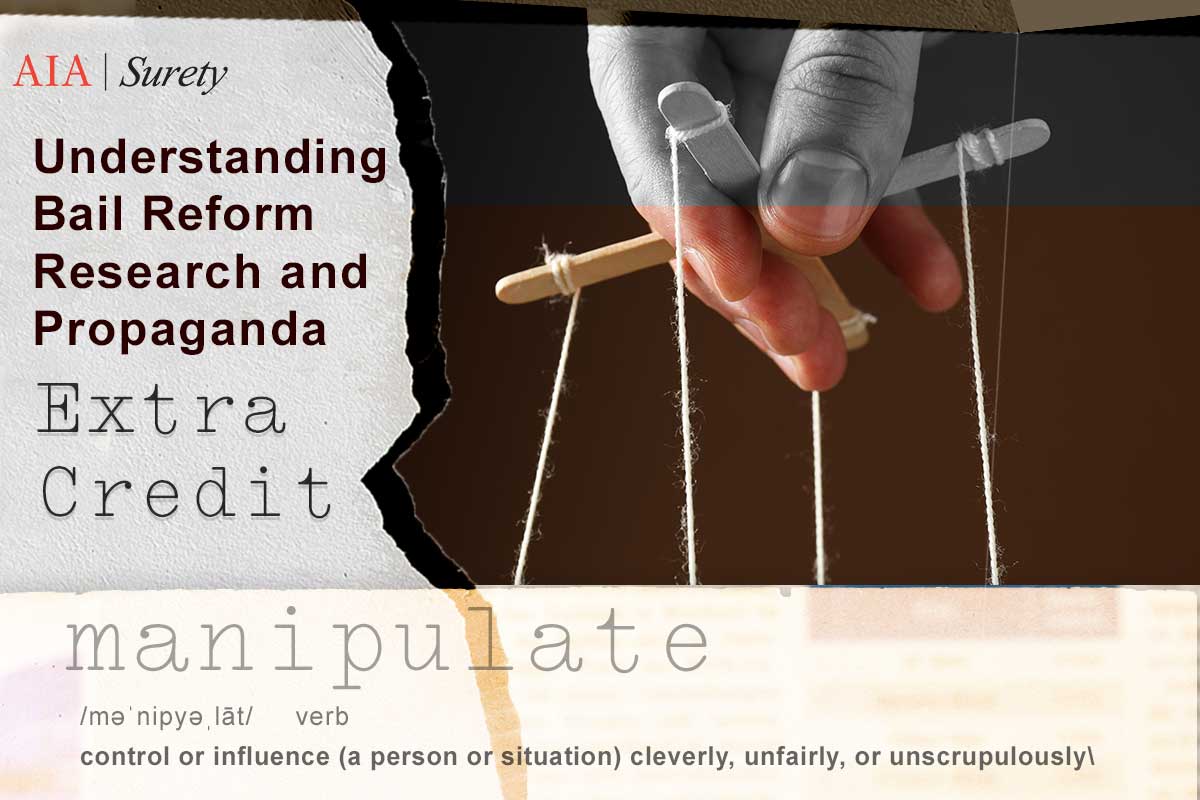
It’s unreal how they only show parts they want you to see!
propoganda!~~~!!!!
Bail Reform Research and Reality: The I-Told-You-So Moment
By James Waldron Lindblad
For years, reform advocates have told the public that secured bail is unfair and unnecessary. They promised that “cashless bail” would make justice fairer without harming safety. But now, with President Trump’s August 2025 executive order ending “cashless bail” in Washington, D.C. and ordering a nationwide review, the question finally being asked is: where’s the evidence this ever worked?
Advocates often cite the Brennan Center for Justice report, Bail Reform and Public Safety: Evidence from 33 Cities, as proof that eliminating bail has no effect on crime. The media has treated it as gospel. Yet the closer one looks, the more the study reads like advocacy dressed up as science.
Flawed Data, Flawed Conclusions
The Brennan Center claims that reforms in 22 cities between 2015 and 2021 showed “no statistically significant difference” in crime compared to 11 unreformed cities. That conclusion depends on data so inconsistent that researchers had to manually “adjust” figures across jurisdictions just to make them comparable. In practice, that means they normalized the data to fit a model—something no serious criminologist would do without strong caveats.
The study also counted only a defendant’s most serious charge and ignored lesser offenses, even though repeat offenders typically face multiple simultaneous counts. Then, the researchers limited analysis to just six “major crimes,” excluding property crimes, mid-level assaults, and drug offenses—the very categories most affected by bail decisions. When you exclude the evidence of failure, success becomes inevitable.
Even their key chart gives the game away. Crime began declining months before bail reform was enacted and started rising again afterward. The widening “confidence band” around the data means uncertainty increased over time. That’s not stability—it’s noise. Yet the authors still concluded bail reform had no effect.
Following the Money
The Brennan Center’s principal sponsor, the MacArthur Foundation, is the driving force behind the Safety and Justice Challenge, a national initiative devoted to abolishing secured bail. Other acknowledgments read like a roster of anti-bail activism: the Vera Institute, the Quattrone Center, the Data Collaborative for Justice, Brookings, and Politico.
If a bail association funded a paper proving that secured bail reduces crime, critics would cry bias. The same skepticism should apply here.
Reality on the Ground
Outside the spreadsheets, the results speak for themselves. In New York, after cashless bail took effect in 2019, burglary and larceny suspects were being re-arrested before their paperwork cleared. Lawmakers were forced into an emergency partial rollback. In Illinois, the 2023 SAFE-T Act abolished cash bail statewide, and prosecutors reported rising failures to appear even before full implementation. On the West Coast—in Seattle, Portland, and Los Angeles—open drug use, theft, and public disorder have become normalized. These are not statistics; they are the everyday consequences of removing accountability.
What the Data Don’t Capture
Crime statistics can’t measure the damage caused by eroded trust. When people see repeat offenders cycling in and out of custody within hours, they stop believing the system works. Victims stop reporting. Officers stop arresting. Prosecutors quietly dismiss marginal cases. Each step masks the problem further, creating the illusion of stability even as real safety declines.
Bail by sufficient surety restores that balance. Families and bail agents ensure appearances at no cost to taxpayers. It reinforces the presumption of innocence while maintaining accountability. That’s fairness with responsibility—something “cashless” systems can’t replicate.
Hawai‘i’s Lesson
Hawai‘i has long modeled a better balance. Judges retain discretion to release on recognizance, assign supervised release, or set secured bail by sufficient surety. That flexibility protects both rights and public safety. The Fair Bail Act, now before the Act 245 Penal Code Review Committee, builds on that foundation by clarifying standards, ensuring statewide uniformity, and preserving judicial discretion.
We all want fewer people held in jail unnecessarily—but safely. True reform gives judges more tools, not fewer.
The Takeaway
The Brennan Center report claims to show bail reform “works,” but the reality outside its spreadsheets says otherwise. Communities are less safe, trust is weaker, and the same defendants keep returning.
This isn’t about pride—it’s about validation. For years, bail professionals, judges, and families warned that untested “cashless” experiments would fail. Now, even the numbers can’t hide it. Accountability isn’t cruelty. It’s justice that works—for defendants, for victims, and for every community that deserves both safety and fairness.
Pingback: Understanding Bail Reform Research and Propaganda: Part 2 - AIA Bail Bond Surety